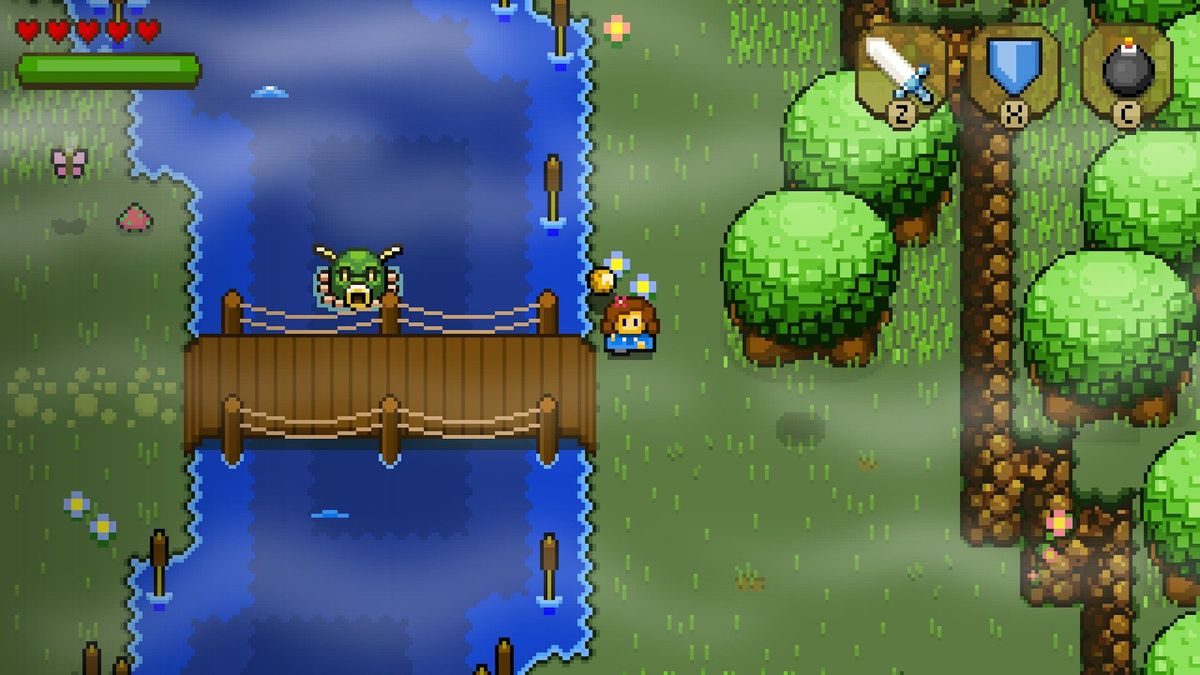Blossom Tales: The Sleeping King from Castle Pixel and FDG Entertainment is a Zelda-style action RPG with lots of heart. Playing as a female knight named Lily, gamers embark on a journey to rescue the sleeping king. With the look and feel of a classic Zelda game and clever Princess Bride-like style storytelling, it's a charming adventure.
The tale of Lily
Blossom Tales: The Sleeping King starts out with an old man telling a story to his two grandchildren by a warm fire. The kids have heard tales of Zelda hero Link's exploits too many times, so Grandpa makes up a new story about a female knight named after his granddaughter, Lily. Thus begins a very Zelda-like adventure, albeit one with occasional interjections from the grandkids. It's a clever way to differentiate Blossom Tales while also acknowledging its obvious inspirations.
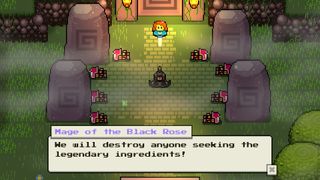
In the Kingdom of Blossom, the evil wizard Crocus casts a spell of eternal sleep on his brother the king. The kingdom's loyal knights set out to find the ingredients needed to revive their king, but they are soon defeated by the wizard's henchmen. Only Lily, who has just graduated to knighthood, escapes the attack. Now she must journey across the kingdom and explore four vast dungeons if she's ever to rescue the king and restore peace to Blossom.
Blossom Tales is an unapologetic Zelda clone, with an art style that combines elements from A Link to the Past and Link's Awakening. Lily will explore a spacious overworld, talk with townspeople and complete numerous side quests, combine pieces of hearts to increase her life meter, and smash lots of jars and chairs for money – all your favorite Zelda activities. It plays beautifully, although I wish Lily had Link's dash move or a faster walking speed.
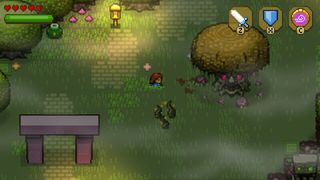
Although Blossom Tales draws inspiration from classic games, it has some appreciated modern amenities as well. For starters, the game autosaves each time Lily enters a new area – so there's no need to worry about finding a save point or losing your progress should you need to quit in a hurry.
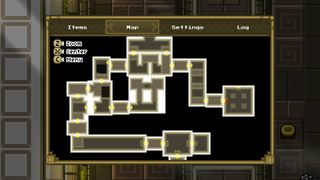
Conveniently, Lily encounters numerous fast travel points throughout the overworld and dungeons, allowing her to revisit past areas to complete quests or head in different directions. The overworld and dungeon maps also display the general area of the current main quest objective, but they don't tell you how to get there.
The actual dungeons play quite a bit like the Zelda dungeons of old, but they're incredibly vast to make up for their relatively small number. Lily must use the standard tools, like bombs and arrows, to open new passages and solve various puzzles. One mechanic I really enjoy is that she can shoot arrows through torches to light other torches, triggering switches or burning vines that block her path.
Controls and system requirements
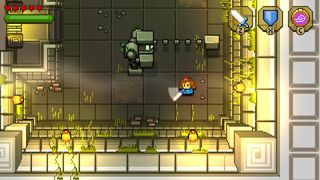
Blossom Tales is a Zelda-style game, so naturally it supports controllers in addition to keyboard controls. The controls are generally good, and buttons can be reassigned to your liking. The only issue with reassigning the primary action button (attack) on a controller is it also changes the confirmation/interact button. I want to attack with the X button and interact with A, but you can't do that.
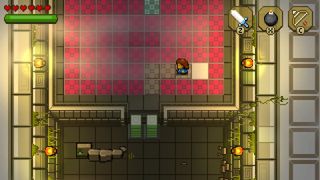
Also, the game currently makes use of three face buttons, allowing players to assign two items or spells to their own button in addition to the main sword button. That's not so bad, but one of the face buttons goes unused in this setup. If you could use that extra button for an additional item or spell, that would cut back on inventory management and speed things along. Castle Pixel plans to continue refining the game, so hopefully, these minor control issues will be addressed in the future.
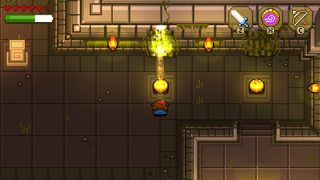
Minimum specs:
- OS — Windows 7 or higher x64 or x86.
- Processor — Intel Pentium E2200 (2 * 2200) / AMD Athlon 64 X2 4200+ (2 * 2200).
- Memory — 2 GB RAM.
- Graphics — GeForce 9600 GS / Radeon HD 4670.
- Storage — 1 GB available space.
Considering that pretty much any Windows machine can run numerous Zelda games via emulation, you'd hope that Blossom Tales (which admittedly has some fancy effects that you wouldn't find in a Super NES Zelda) would run on low-end machines as well. Thankfully, that is the case. Blossom Tales runs perfectly on my Ultrabook and should work with all Surface Pro machines, as well.
A tough but charming adventure
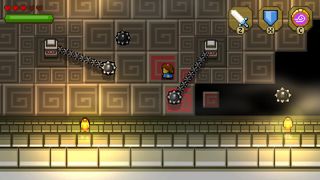
Although Blossom Tales plays like older Zelda games and has a very child-friendly setting and story, the dungeons can actually be a little too hard. Sometimes players must navigate huge rooms of falling platforms or manage multi-part switch puzzles while avoiding huge spinning ball-and-chains or other moving traps. It's a lot to manage, and it's bound to lead to repeat deaths in some areas. The only penalty for dying is going back to the start of the dungeon, but a little more balancing of the difficulty wouldn't hurt.
Most importantly, Blossom Tales perfectly captures the spirit of classic Zelda games while instilling a bit of Princess Bride-style fourth-wall breakage for good measure. Zelda-style games aren't exactly scarce, but it's quite a pleasure to find one that recreates the experience so well while also adding some enhancements and charm of its own. Anyone who loves this style of game is bound to enjoy helping Lily in her quest to awaken the sleeping king.
Blossom Tales: The Sleeping King costs $14.99 on Steam.
Pros:
- Simple but clever narrative and lovable characters.
- Fast travel, autosave, and other welcome enhancements to the classic Zelda formula.
- Beautiful visuals that mix classic Zelda aesthetic with modern effects and style.
Cons:
- Lily moves a bit slowly and doesn't have a dash maneuver.
- Difficulty is too high in the dungeons.
- Control customization options have room for improvement.
Steam review code provided by the publisher.
Paul Acevedo is the Games Editor at Windows Central. A lifelong gamer, he has written about videogames for over 15 years and reviewed over 350 games for our site. Follow him on Twitter @PaulRAcevedo. Don’t hate. Appreciate!
